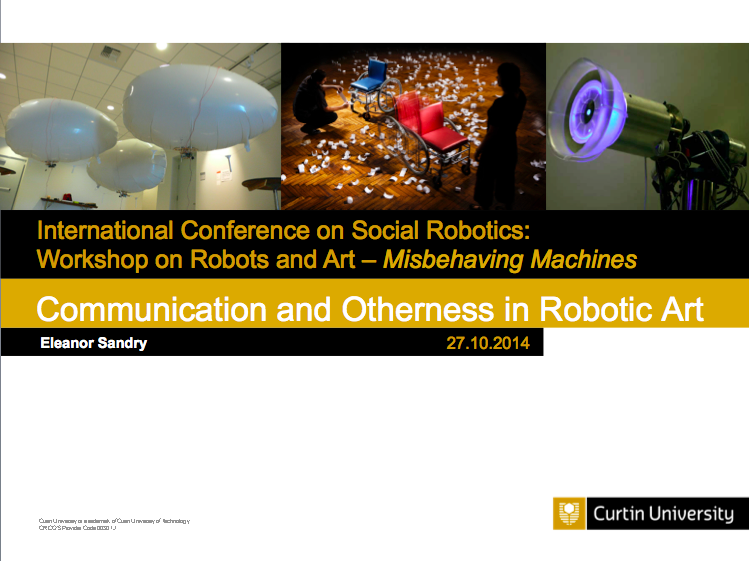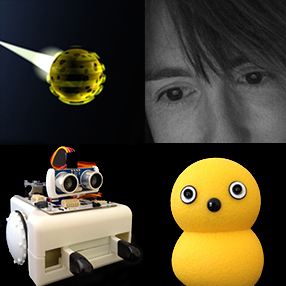Last week I went to Sydney for, amongst a couple of other things, STEP 2008. STEP stands for Science, Technology and Economic Progress, and is described as a National Doctoral Program. It is the brain-child of Dr Don Lamberton and has been running for the last 17 years, although I had never heard about it until this year when a call for applications appeared on the CSAA mailing list. The week was filled with presentations by visiting academics (although a number were no-shows for various reasons), student presentations and time working on group projects.
I had a mixed response to attending STEP. Organisationally the whole thing was a shambles, but I enjoyed the student presentations and met some very pleasant and interesting people. The “networking” experience was undoubtedly more positive for those who were all staying together in the accommodation provided close to the University of Western Sydney campus in Parramatta. This was partly because shared adversity always supports the growth of friendships, and also simply because we spent that much more time together as we wandered the streets of Parramatta looking for somewhere nice to eat within everyone’s budget.
My presentation as part of the program wasn’t bad, but by the end of the week I felt that maybe I had missed an opportunity. I chose to try to fit a run down of humanoid robots, “traditional” communication theory, “alternative” communication theory, companions species and non-humanoid robots into my 20-25 minutes. While I actually managed this quite well, it would have been interesting to present later in the week (instead of my timeslot on Wednesday) because I think I might have been better off using STEP itself as an example of the possibilities of complex partial communication, situated knowledges and the importance of respecting otherness-in-relation.
I think that Dr Lamberton wished that there were more pure scientists and engineers in the group, his main goal being to challenge each person’s particular point of view and disciplinary bias. However, I thought that the diversity of cultural and academic backgrounds, and PhD topics from narrow, broad and inter- disciplines lent it’s own interesting flavour to the week. The fact that most people were very open to all of the research perspectives that were represented meant that the student presentations garnered positive and encouraging feedback, although towards the end I think there might have been a slight lack of respect from some, as the sheer horror of having to listen to yet another presentation wore people down.
For me STEP was a gift as an example of incomplete communication, with it’s mixture of language difficulties, startling cultural differences, specialist (and sometimes obscure) terminology, huge range of theory, and artistic and scientific perspectives. However, I suppose if I had gone down that path, using STEP as my example, there’d have been fewer robots and therefore fewer videos in my presentation. Maybe that would have been too much of a loss, particularly for an audience who probably needed some bizarre visual stimulation at that point in the week!



